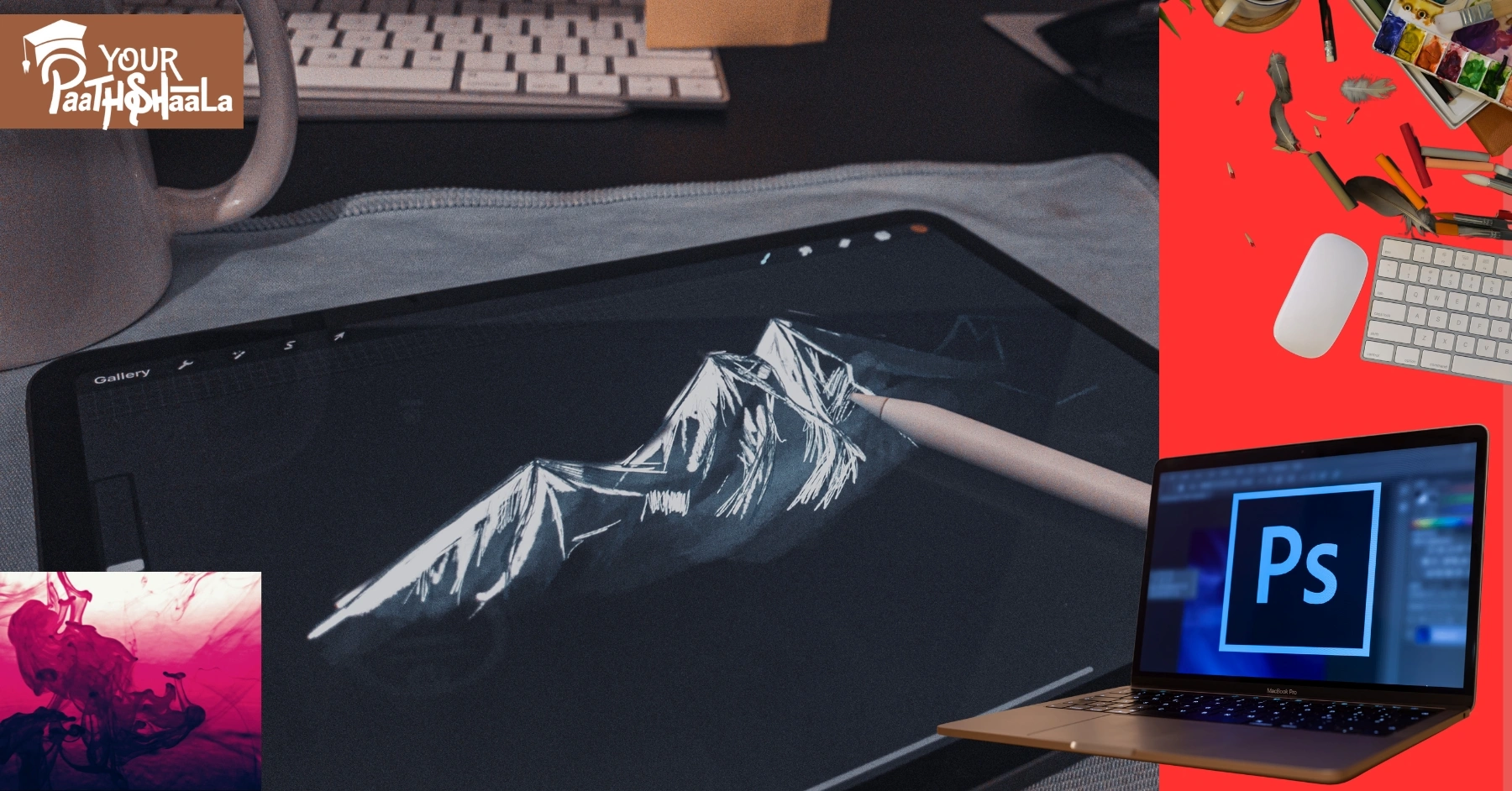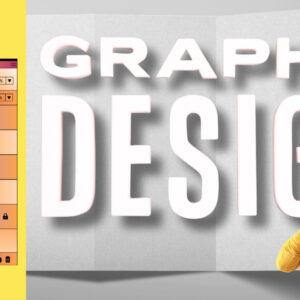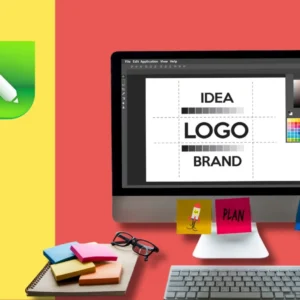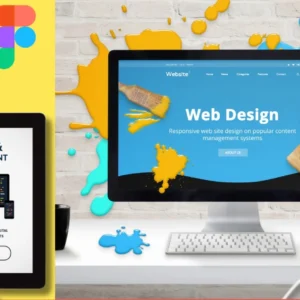
In 2025, using data visualization tools to turn numbers into compelling graphics is a vital skill for Indian designers, marketers, and freelancers. These tools transform complex data into clear, engaging visuals like charts and infographics, making insights accessible. This beginner-friendly guide explores how to use data visualization tools effectively, tailored for India’s dynamic digital market. For example, a vibrant infographic can showcase a startup’s growth to clients. Whether you’re in Bangalore or a small town, these strategies will boost your career. Ready to make data visually appealing? Let’s dive into how to use data visualization tools in 2025!
Why Data Visualization Matters
Data visualization simplifies complex information, making it easier for clients and audiences to understand. First, it enhances communication, turning raw numbers into clear visuals like bar charts. Next, it drives engagement, crucial in India’s $50,000 crore digital ad market, per IAMAI. For instance, a well-designed infographic can captivate Indian audiences on social media. However, poorly visualized data can confuse or bore viewers. Learning how to use data visualization tools ensures your work stands out.
What Are Data Visualization Tools?
Data visualization tools are software platforms that convert numerical data into graphics, such as charts, graphs, or dashboards. Tools like Tableau, Canva, and Power BI offer user-friendly interfaces for creating visuals. Tableau’s blog highlights their role in simplifying data analysis in 2025. For example, a tool can turn sales data into a colorful pie chart for a pitch. These tools are accessible, empowering Indian designers to create impactful visuals.
Benefits of Using Data Visualization Tools
Using data visualization tools offers multiple advantages for Indian designers. They save time by automating chart creation, freeing you for creative tasks. They also make data accessible, helping clients grasp insights quickly. In India, where mobile-first audiences dominate (70% of users, per IAMAI), clear visuals are key. For instance, a dashboard summarizing e-commerce trends can win clients. However, mastering these tools requires practice.
Key Data Visualization Tools for 2025
These beginner-friendly tools help you use data visualization tools, tailored for Indian designers on a budget.
- Canva: Free or ₹500/month, offers templates for infographics and charts.
- Tableau Public: Free for basic use, ideal for interactive dashboards.
- Power BI: Free or ₹800/month, great for business analytics.
- Google Data Studio: Free, integrates with Google Sheets for easy data import.
- Infogram: Free or ₹1,500/month, focuses on animated visuals.
These tools are affordable, with free options like Canva, making it easy to use data visualization tools in India.
Data Visualization vs Manual Design: Key Differences
Understanding how to use data visualization tools versus manual design helps you choose the right approach. These differences shape your workflow in 2025.
Speed and Automation
Data visualization tools automate chart creation, producing visuals in minutes. Manual design, using Photoshop or Illustrator, takes hours for custom graphics. For example, Tableau can generate a bar chart instantly, while Photoshop requires manual drawing. Tools save time; manual design offers creative control. Indian freelancers benefit from automation’s speed.
Ease of Use
Tools like Canva have drag-and-drop interfaces, ideal for beginners. Manual design requires advanced skills in software like Illustrator. For instance, Canva creates an infographic in clicks, while Illustrator demands expertise. Tools are accessible; manual methods suit detailed projects. Beginners in India prefer tools for quick results.
Customization and Flexibility
Manual design allows bespoke visuals, like hand-crafted infographics with Indian motifs. Data visualization tools rely on templates, limiting unique designs. For example, a Warli-inspired chart needs manual work, while Canva offers standard templates. Manual design excels in originality; tools prioritize efficiency. Combining both creates impactful visuals.
6 Steps to Use Data Visualization Tools
Follow this beginner-friendly guide to use data visualization tools and turn numbers into graphics in 2025, tailored for India’s design scene.
1. Understand Your Data
Analyze your data to identify key insights, like sales trends or user demographics. For example, focus on a startup’s monthly growth for an infographic. Use Google Sheets to organize data clearly. Ensure data is accurate and relevant to Indian audiences. This step sets the foundation for effective visuals.
2. Choose the Right Tool
Select a tool like Canva for simple infographics or Tableau for complex dashboards. For instance, use Canva for social media graphics or Tableau for client reports. Free tools suit beginners; paid ones offer advanced features. Test tools to match project needs. The right tool streamlines your workflow.
3. Select a Visualization Type
Pick a chart type, like bar, pie, or line, based on your data. For example, use a pie chart to show market share for an Indian e-commerce brand. Study chart guides on Tableau’s blog for best practices. Ensure visuals are mobile-friendly for Indian users. This makes data clear and engaging.
4. Incorporate Indian Aesthetics
Add cultural elements, like Holi colors or Noto Sans Devanagari fonts, to resonate with local audiences. For instance, use vibrant greens and pinks in a festival sales chart. Customize templates in Canva to reflect Indian styles. Test visuals with peers for feedback. Cultural touches enhance appeal.
5. Create and Refine Visuals
Build your graphic in the chosen tool, adjusting colors, fonts, and layouts. For example, create a bar chart in Google Data Studio, then tweak fonts for clarity. Use templates for speed or manual tweaks for uniqueness. Ensure visuals are clear on mobile devices. Refinement ensures professional results.
6. Present and Share
Share your visuals in client presentations or on social media like Instagram. For instance, export a Canva infographic as a PNG for a pitch deck. Use PowerPoint or Canva for clean presentations. Explain data insights clearly to Indian clients. Effective sharing maximizes impact.
Total Time: 10-20 hours to learn and create, ongoing for mastery
Common Mistakes to Avoid
Avoid these pitfalls to effectively use data visualization tools. First, don’t use overly complex charts; they confuse audiences. Next, avoid cluttered designs; keep visuals clean and simple. Also, don’t ignore mobile optimization; Indian users rely on phones. For example, a busy infographic may lose impact on small screens. Finally, don’t skip data verification; errors undermine credibility.
Tips for Effective Data Visualization
To excel in using data visualization tools, follow these tips. First, start with free tools like Google Data Studio to build confidence. Next, use vibrant Indian-inspired colors, like saffron, for local appeal. Additionally, join LinkedIn groups like Data Visualization India for feedback. For example, a clear chart on festival sales can attract clients. Finally, practice weekly to master tools and trends.
2025 Trends in Data Visualization
In 2025, data visualization is evolving, per Tableau and Canva. Interactive dashboards, like those in Tableau, are trending for client reports. Vibrant Indian aesthetics, like Diwali-inspired palettes, enhance engagement. X posts highlight animated charts for digital platforms, popular in India. For example, an animated sales chart grabs attention. Staying updated aligns your visuals with trends.
Why Data Visualization is Crucial in India
India’s digital industry is booming, with ad spending projected at ₹50,000 crore by 2026, per IAMAI. Using data visualization tools helps designers communicate insights to startups and brands. For example, a clear infographic on user growth can win e-commerce clients. Visuals also boost engagement on mobile-first platforms. Mastering these tools ensures you thrive in India’s market.
Budgeting for Data Visualization
Using data visualization tools is budget-friendly for Indian designers. Canva and Google Data Studio offer free plans. Tableau Public is free; paid plans cost ₹1,000-₹5,000/month. A laptop for design costs ₹20,000-₹50,000. For example, a setup with free tools and a ₹2,000/year portfolio site keeps costs low. Budget wisely to focus on creativity.
Scaling Your Visualization Skills
Once you master data visualization, scale your skills for growth. Create a portfolio with diverse visuals, like infographics or dashboards, for Indian brands. Offer services on WorknHire, charging ₹2,000-₹10,000 per project. For example, specialize in festival-themed charts for local clients. Promote on Instagram to attract businesses. Scaling boosts income and impact.
Manual Design vs Tools: Finding the Balance
Data visualization tools offer speed and automation, ideal for quick charts. Manual design, using Photoshop, allows bespoke visuals with cultural depth. For example, tools create instant graphs, while Illustrator adds Warli patterns. In India, tools suit fast-paced projects; manual design suits unique branding. Combine both for optimal results.
Combining AI with Data Visualization
AI enhances data visualization in 2025, per Canva. Tools like Canva AI suggest layouts or colors, speeding up design. For example, pair an AI-generated palette with a Tableau chart for efficiency. AI adds data insights; manual tweaks add creativity. This hybrid approach suits India’s dynamic market.
Conclusion
Learning how to use data visualization tools in 2025 empowers Indian designers to turn numbers into engaging graphics. From choosing tools like Canva to incorporating Indian aesthetics, these steps create impactful visuals. Use our guide to analyze data, create charts, and share effectively. For example, design a festival sales infographic to test your skills. Avoid pitfalls like cluttered visuals or skipping mobile optimization. Ready to shine? Start using data visualization tools today and elevate your career in India’s design scene! Join YourPaathshaala, Raipur’s leading skill development institute. Contact us at 📞 +91-8305209520 for more information!








Add a Comment